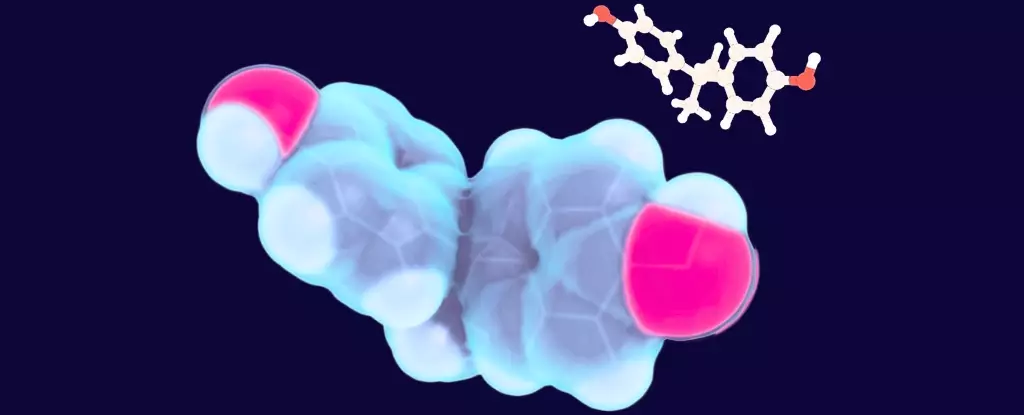In recent decades, there has been a significant increase in the diagnoses of autism spectrum disorder (ASD) and attention deficit hyperactivity disorder (ADHD) in children. A new study conducted by researchers from Rowan University and Rutgers University in the US suggests that the common plastic additive bisphenol A (BPA) may be a potential reason for this rise. BPA is commonly used in plastics and plastic production processes, as well as found in food and drink cans. Previous research has already linked BPA to hormone disruption, breast cancer, and infertility.
The study focused on three groups of children: 66 with ASD, 46 with ADHD, and 37 neurotypical children. The researchers specifically investigated the process of glucuronidation, which is the chemical process that the body uses to eliminate toxins through urine. The findings revealed that children with ASD and ADHD had reduced efficiency in clearing out both BPA and a similar compound called Diethylhexyl Phthalate (DEHP). This reduced efficiency potentially leads to prolonged exposure to the harmful effects of these plasticizers.
The Impact on Neurodevelopment
While the difference in clearance efficiency was statistically significant only for BPA, the researchers propose that gene mutations in certain individuals may impair the body’s ability to eliminate BPA effectively. Consequently, BPA remains in the body, potentially causing damage to neuron development and operation. It is important to recognize that conditions like ASD and ADHD are believed to result from a combination of genetic and environmental factors. This study highlights the importance of considering both in understanding the development of these neurodevelopmental disorders.
However, it is crucial to note that this study does not explain every case of neurodevelopmental disorders. Not all children with these disorders had difficulty clearing out BPA, suggesting that other factors contribute to their development. Further research is necessary to determine the exact mechanisms through which ASD and ADHD manifest in the body. For instance, it is unclear whether BPA exposure before birth or later in life plays a role, as the current data is insufficient to establish a definitive link between BPA and these disorders.
The researchers emphasize that there is substantial epidemiological evidence supporting a relationship between neurodevelopmental disorders and environmental pollutants like plasticizers. The findings of this study further contribute to this growing body of evidence. It highlights the need for continued research to better understand the complex interplay between genetic predispositions and environmental factors in the development of ASD and ADHD.
The increasing prevalence of ASD and ADHD among children has prompted researchers to investigate potential contributing factors. The study conducted by researchers from Rowan University and Rutgers University suggests that the plastic additive BPA may play a role in the development of these neurodevelopmental disorders. Reduced clearance efficiency of BPA observed in children with ASD and ADHD indicates that their bodies may be more exposed to the harmful effects of this plasticizer. However, further research is needed to fully elucidate the relationship between BPA exposure and the development of these disorders. Understanding the interplay between genetic factors and environmental pollutants is essential in the pursuit of effective prevention and intervention strategies for ASD and ADHD.



Leave a Reply